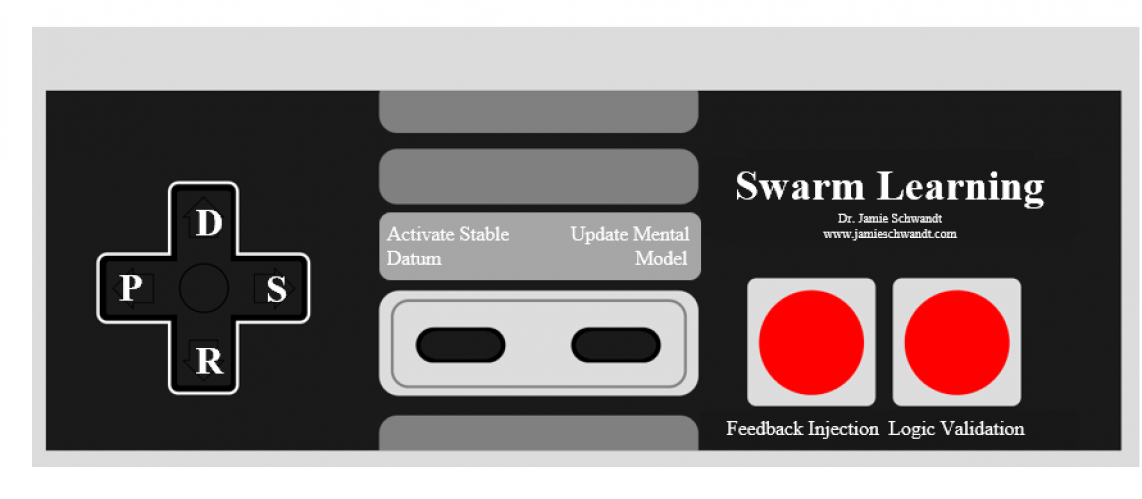What is Healthcare administration?
Healthcare administration is the process of managing, leading and balancing the complex set of systems that include patients, providers, hospitals, insurers, suppliers and other stakeholders
What is a systems view of the U.S. Healthcare industry?
It is a view that takes into the account the background factors, policy levers, intermediate outcomes and ultimate ends of things like the hospitals, physicians, consumers, buyers suppliers, regulators and public health agencies
What distinctions are you seeing in the systems view?
Consumers/Patients, Hospitals/Physicians, Suppliers, Buyers, Regulators, National Health Agencies.
What distinctions are you not seeing?
Most interrelated systems seem geared towards the Hospital/physicians system. While the science and research and central gathering of those in need of medical treatment gravitate towards Hospitals and clinics, which are staffed by physicians, it appears that there is very little in the way of advocacy for the end consumer/patients.
How would you distinguish between regulators and public health agencies?
Regulators: These are organizations that set safety standards and oversight for hospitals and advocate for patients
Public Health Agencies: These organizations protect, assess, and ensure individual, community and environmental health, according to AHPA.org.
Can you compare and contrast suppliers and buyers?
Suppliers: Are similar to buyers in that they can and often are large corporations who’s recipients are Hospitals/Physicians
Differ from Buyers in that they are often the producers of medicines, supplies and labor that support Hospitals and Physicians.
Buyers: Tend to be purchasers of services and insurance that buy on behalf of groups of patients and consumers
What is organizational design?
Is a methodology that works out the actual work-flow to identify dysfunctional aspects of an organization, such as systems and processes, and realigns or designs them to fit the new goals or realities of that entity.
Explain and describe how empowerment involves directed autonomy.
Directed autonomy is giving the worker the “what” of the task, but giving them the freedom on how they approach it. By empowering an individual to think the way they think and work the way they work best, they have ownership in the success or failure of the task’s results and its contribution to the greater mission of the organization. This results in many benefits (Paulsen, 1994) including “reduced operational expenses, greater teamwork within and between departments, improved communication of company objectives and results, and people have the opportunity to share in solutions and decisions that affect their work area and performance

Hi Christopher, great presentation!
Our answers were somewhat similar but our maps were set up differently. Nice work!
Fantastic job, Chris! Can you post your presentation in our Facebook group?